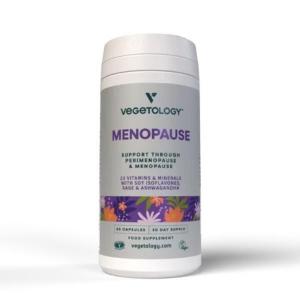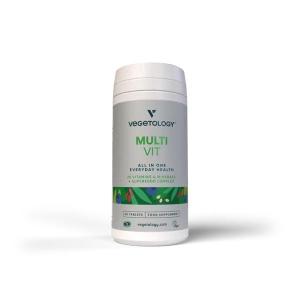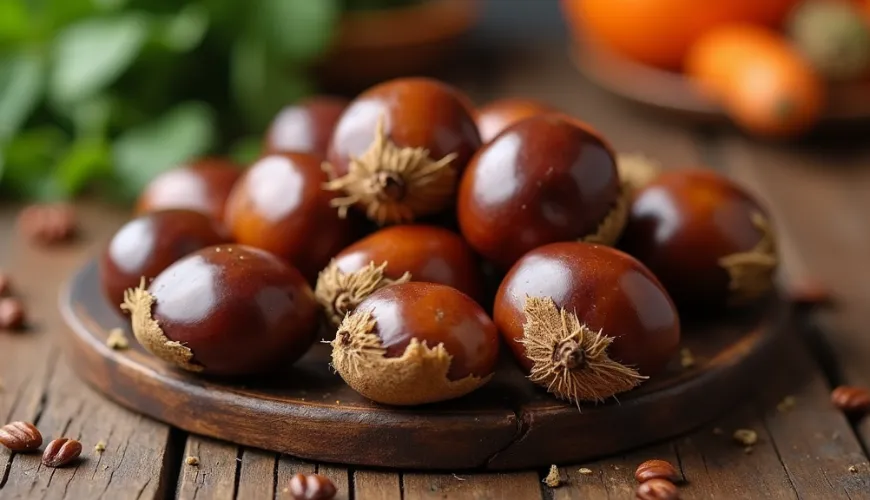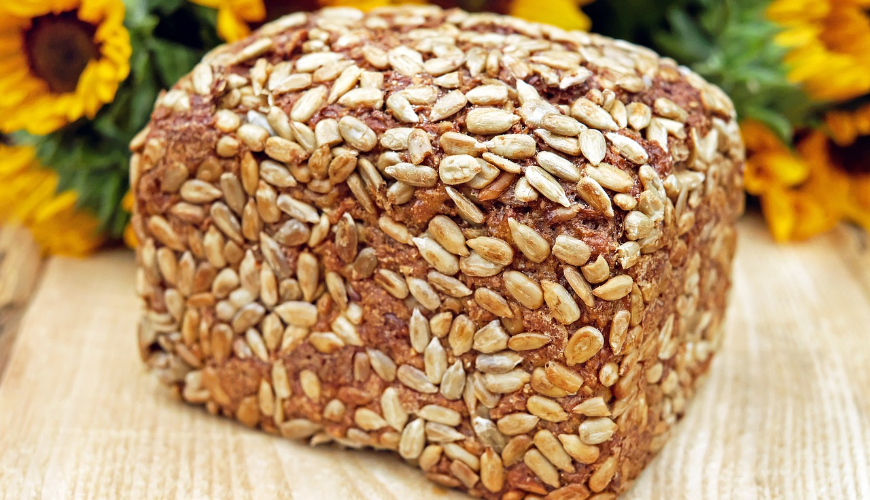
A simple nut filling is the key to traditional baking.
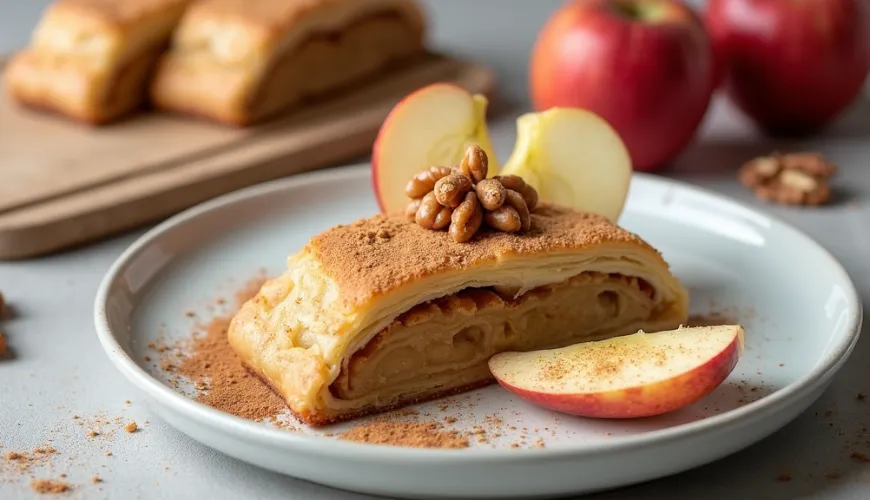
Simple Nut Filling - The Taste of Tradition That Connects Generations
The aroma of baked nuts, gently caramelized sugar, and butter wafting through the kitchen has the power to transport a person back to childhood. To a time when grandma was making strudel, pastries, or Christmas cookies with the most honest and fragrant filling. Simple nut filling is not just a nostalgic trip to the past – today, it successfully returns to the spotlight in modern households as one of the pillars of sustainable, tasty, and healthier eating.
Why Are We Returning to Simplicity?
Perhaps it's a reaction to the overload of artificial flavors, semi-finished products, and overly sweet desserts from supermarket shelves. Perhaps it's the need to slow down and return to proven recipes that don't require a long list of exotic ingredients yet always taste great. Nut filling made from just a few ingredients proves that there is depth in simplicity. When quality nuts, a bit of sweetener, aroma, and a little fat are combined, an unexpectedly versatile and rich base for a wide range of desserts and breakfast treats is created.
What makes the perfect nut filling? First of all, the choice of nuts. In the Czech environment, the most traditionally used are walnuts, but hazelnuts or almonds also have their place. Walnuts are characterized by a full, distinctly earthy flavor that pairs perfectly with raisins, honey, or a splash of rum. Hazelnuts offer a milder, buttery profile, ideal for Christmas bread or croissants.
Nut Filling as the Basis of Home Baking
Perhaps no other filling is as versatile. In its basic form, it can contain only ground nuts, honey, and milk. For more festive occasions, butter, vanilla, lemon zest, or cinnamon is added. Some mix a bit of grated apple for juiciness, others moisten the mixture with cream or plant milk. The advantage is that ingredients can be easily adjusted according to dietary needs – for example, replacing cow's milk with almond milk, sugar with date paste or honey, and butter with coconut fat.
In real life, such a filling proves itself when baking a classic strudel, where it holds its shape well and doesn't run. Spreading it on pancakes, baking it into puff pastry, or using it as a filling for homemade oatmeal cookies – the possibilities are endless. It also has a special charm as a bite-sized treat: just spread it on a slice of apple, top with a raisin, and you have a healthy snack in a minute.
The Key is Quality and Freshness
Quality simple nut filling doesn't rely on complicated procedures but on the selection of ingredients. Nuts should be fresh, stored in dry conditions, and ideally unsalted and unroasted. Old or rancid nuts can ruin even the best recipe. In stores like Ferwer, you can buy organic nuts without chemical treatments – with a minimal carbon footprint and an emphasis on sustainable origin.
Other components of the filling can be adapted not only to taste but also to ethical approaches. Honey from a local beekeeper, fair trade cane sugar, plant-based alternatives for vegan versions – all show that even classic recipes can keep up with contemporary lifestyles.
Tradition with a Modern Twist
It's fascinating how simple nut filling can evolve across generations. While our grandmothers lovingly wrapped it in yeast dough, today's chefs use it in raw desserts or as a base for energy balls. One of the young food bloggers, for example, shared a recipe in which she combined ground Brazil nuts, dates, cocoa, and a pinch of salt, creating a nutritious mixture shaped into small balls. After chilling in the fridge, they tasted like luxury pralines – yet without added sugar, preservatives, or palm oil.
The return of nut fillings to gluten-free and low-carb diets is also interesting. Almond flour, coconut cream, and erythritol form the basis of desserts that suit diabetics and people with gluten intolerance. Nuts serve as a nutritional base here – full of fiber, healthy fats, and minerals.
Try our natural products
How to Make Homemade Nut Filling Without Stress
Making your filling is not difficult, and even those who are not afraid of baking but have little experience can do it. Simply measure about 200 g of ground walnuts, add 2–3 tablespoons of honey (or other sweetener), 3 tablespoons of milk, and flavor with vanilla, cinnamon, or lemon zest. Mix everything thoroughly to create a smooth, pliable mass that spreads well and doesn't run during baking. If the mixture is too thick, add a little milk. If it's too thin, a spoonful of breadcrumbs or coconut will help.
This mixture is enough for one medium-sized strudel or about 10 pastries. The advantage is that the mixture can be prepared in advance and stored in the fridge – it will last for 4 to 5 days when sealed. And if you have leftovers, it can be used as an addition to porridge or smoothies.
A Little Recipe for Inspiration
Nut Strudel with Apples and Cinnamon: Roll out puff pastry, spread a layer of nut filling, top with grated apples, sprinkle with cinnamon, and roll up. Brush with plant milk, sprinkle with cane sugar, and bake for about 30 minutes at 180 °C. The result is a dessert that not only smells wonderful but also tastes great and is kind to the planet.
The Sweet Future of Home Cooking
Today, nut filling may not seem like the hero of the modern kitchen, but thanks to its simplicity, natural taste, and flexibility, it has the potential to become a pillar of healthy, sustainable, and yet delicious eating. At a time when more and more people are interested in what they eat, where ingredients come from, and their impact on the world around us, the traditional taste of nut filling is regaining its place.
As Julia Child once said: “Never trust a chef who doesn’t like butter.” In the case of nut filling, the key is not fat – but the love of simplicity, quality ingredients, and the joy of creating. And that's a recipe that will never age.
